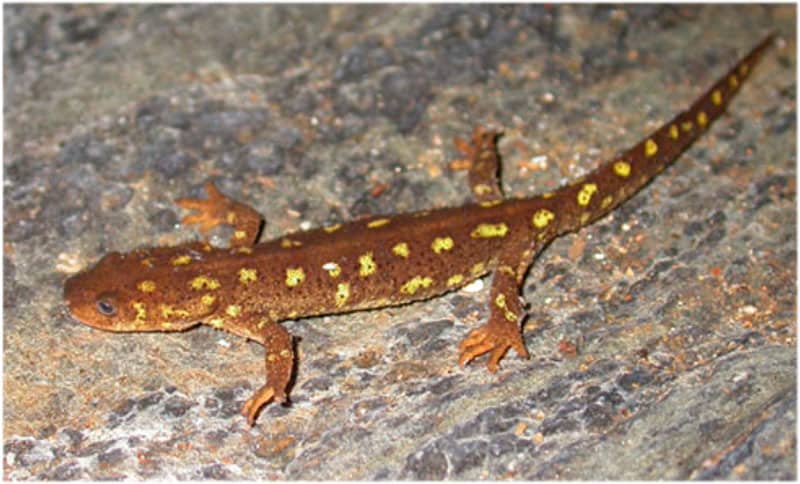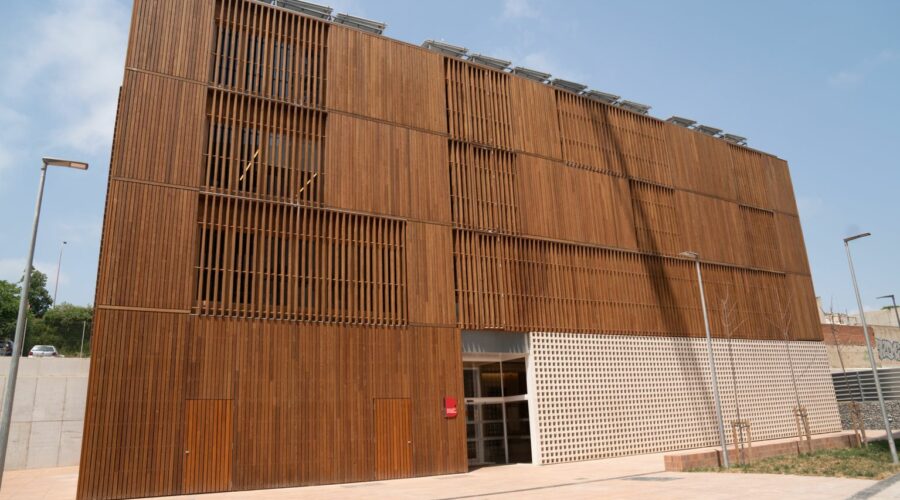In an ongoing effort to preserve biodiversity and ensure the survival of a species in serious danger of extinction, more than 600 specimens of the Montseny Newt (Calotriton arnoldi) have recently been released in eight streams of the Montseny Natural Area.
This action is part of an ambitious conservation project involving the Barcelona Zoo and other institutions.
An ambitious conservation project
The Montseny newt is considered the most endangered amphibian in Western Europe. Since the discovery of its first populations in 1979 and its subsequent identification as a distinct species in 2005, much work has been done to prevent its extinction.
In response to their critical situation, a captive breeding program was initiated in 2007 at the Torreferrussa Wildlife Center. This effort was expanded in 2015 with the participation of the Barcelona Zoo, the Generalitat de Catalunya, the Diputació de Barcelona, the Diputació de Girona and Forestal Catalana.
The main objective of these programs is twofold: to maintain a genetic reservoir to guarantee the future of the species and to expand its area of distribution. Currently, the natural habitat of the Montseny newt is limited to eight streams totaling 12 kilometers, so the release into new streams is crucial for its recovery.
Successful reintroduction of the 600 specimens of Montseny’s newt.
In recent weeks, 266 larvae have been released in different streams of the Montsen, as well as 354 young newts. These specimens come from the Barcelona Zoo, the wildlife centers of Torreferrussa and Pont de Suert, the Center for Research and Environmental Education of Calafell (CREAC), and Chester Zoo in the United Kingdom. These institutions have their own breeding and larval growth programs for this amphibian.
With these new releases, the total number of Montseny newts reintroduced into their natural habitat since 2010 exceeds 3,000. This figure represents significant progress in conservation efforts, although there is still a long way to go.
International collaboration and local support
The release of Montseny newts is part of the European project LIFE Tritó Montseny, which between 2006 and 2022 has contributed significantly to the conservation of this species. Coordinated by the Diputació de Barcelona, this project has addressed habitat loss and water pollution.
Captive breeding is an essential tool for the conservation of critically endangered species. In the case of the Montseny newt, this program has not only allowed to increase the number of individuals, but also to preserve its genetic diversity.
Released newts are monitored regularly to assess their adaptation and survival in the wild. The results so far have been positive, showing that captive-born newts can thrive when reintroduced into the wild.




